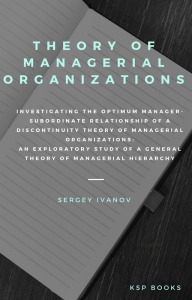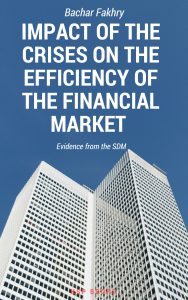Synopsis
Teaching courses on Financial Management, Security Analysis and Portfolio Management, Corporate Finance and Critical Analysis of Organizations requires reference to profit and loss accounts and balance sheets of companies. The last course that I have been teaching over the years also refers to qualitative traits of companies like strategy, vision and leadership qualities. Reading annual reports of companies is essential to appreciate the above mentioned courses and in Calcutta Business School we inculcate this habit among our students. This also helps in delivering lectures in Marketing, Operations Management and Human Resource Management. It is very difficult to develop appreciation of a company, if a student does not read annual reports of companies.
Tracking performance of companies over time requires metrics of measurement, and the book emphasizes throughout the need for such metrics. The book divides the performance of companies under the heads of business efficiency, business effectiveness, innovativeness and sustainability and metrics under each of the heads are defined. Even to understand qualitative traits of companies, metrics are defined.
The book emphasizes the utility of management concepts like BCG Matrix and Balanced Scorecard in understanding companies. Concepts of Transient Advantage, Blue Ocean Strategy and Porter’s Five Forces are discussed in the book and their role in understanding companies. It is reiterated that so long as a company is in existence, there must be customers and the company must be delivering value. A company has various activities and they are all interwined together in harmony. Only when the harmony breaks, companies face complications. Business cycles and associated ups and downs will be there in sales and profitability. However, continuity is ensured by management response, and this also determines the quality of a company.
The book covers performance of medium and small scale enterprises through a sample study. The purpose is to highlight the relationship between innovativeness, productivity, nature of industry, size, skill sets and access to technology. These factors are also true for companies of larger size, and some of my research papers have dealt with these aspects.
After reading the book, I hope the reader gets some idea as to how to perceive a company.
Contents
About the Author
ISBN
978-605-7736-91-8
Date of Publication
June 15, 2020
File Size: 4195 KB
Length: xviii + 77 pages
This work is licensed under a Creative Commons Attribution 4.0 International License.
















